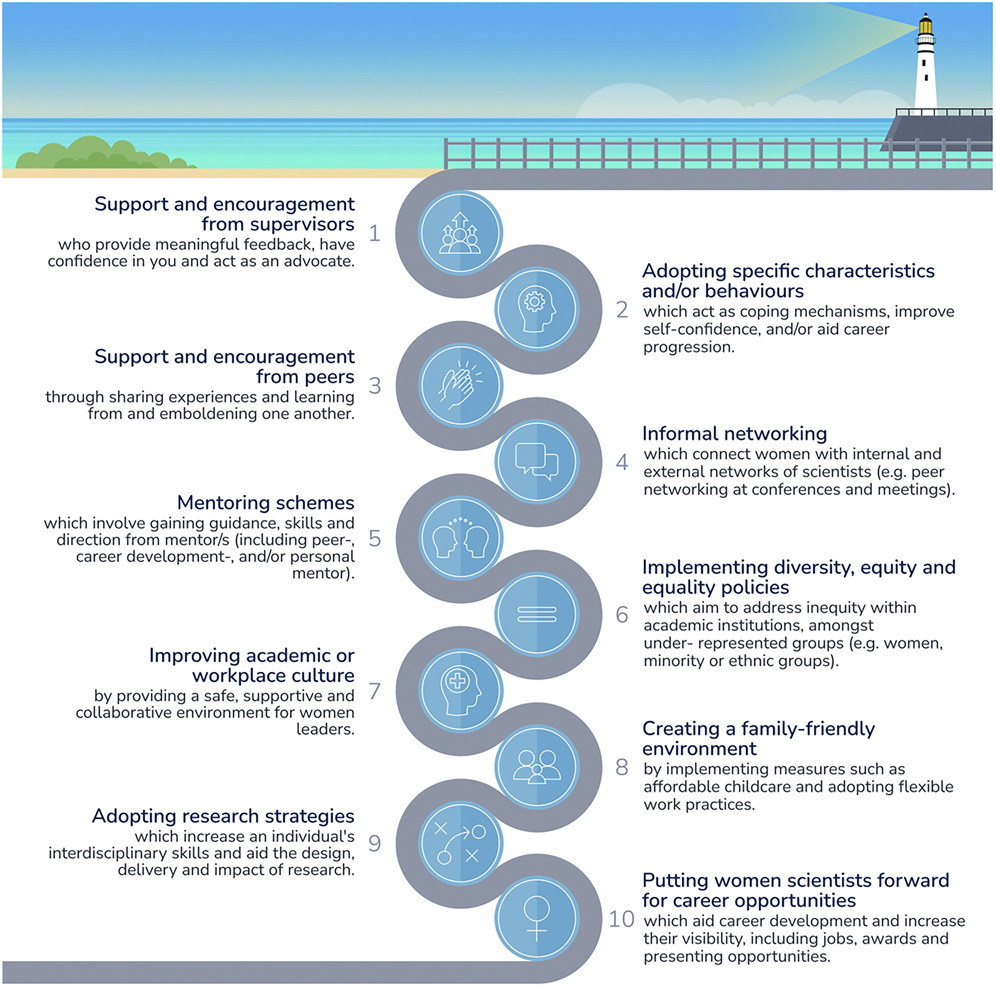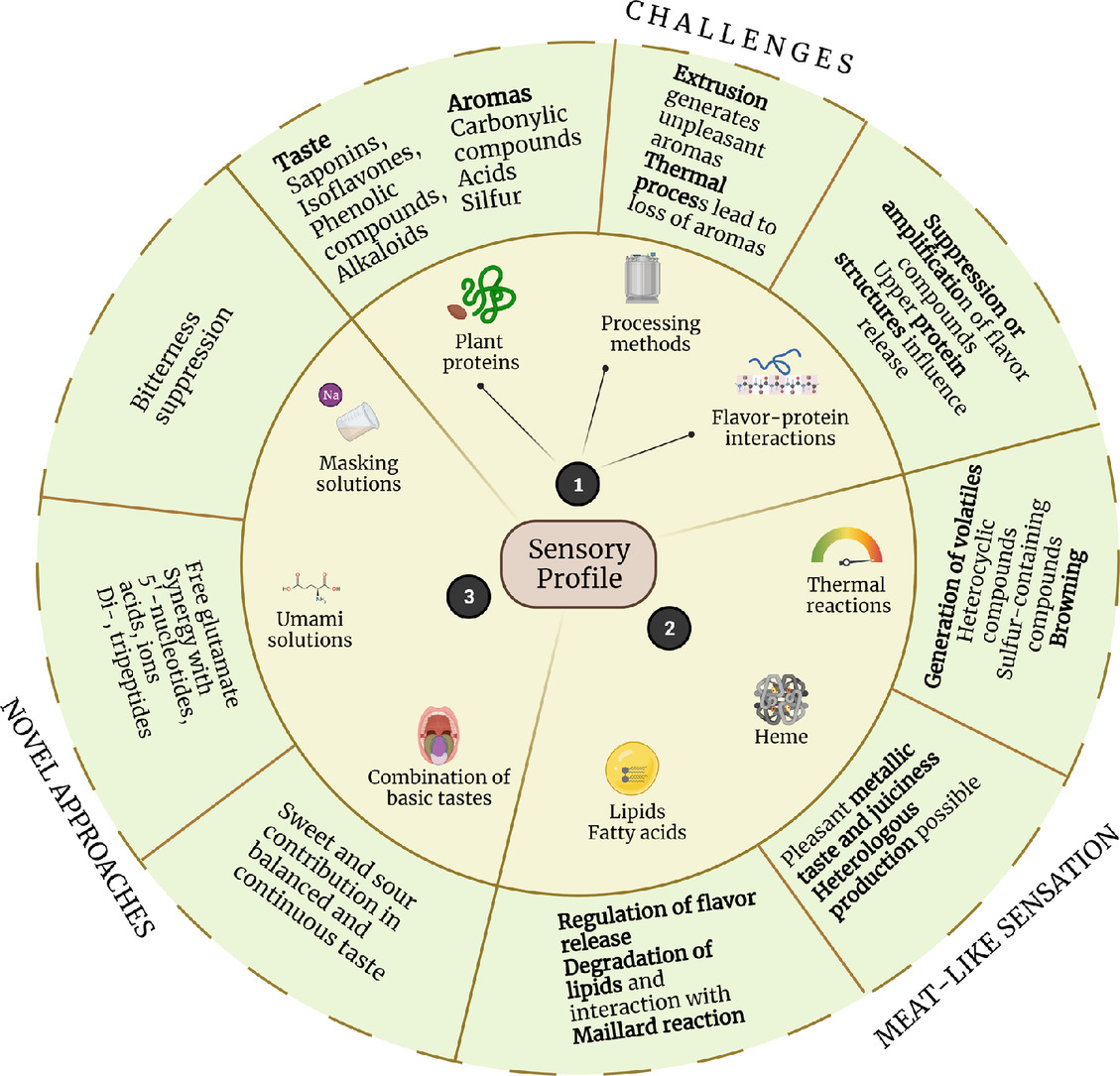Elsevier,
The Lancet Public Health, Volume 7, June 2022
This Viewpoint examines how excluding custodial settings in the calculation of the health service coverage index impedes progress towards SDG 3, and suggests that custodial settings should be included in order to reduce health inequalities.
Elsevier,
The Lancet, Volume 399, 4 June 2022
This paper supports SDG 3 by highlighting that considerable expansion of the world's health workforce is needed to achieve high levels of UHC effective coverage. The largest shortages are in low-income settings, highlighting the need for increased financing and coordination to train, employ, and retain human resources in the health sector.
Elsevier,
Materials Today Communications, Volume 31, June 2022
The articles's focus on using Metal-Organic Frameworks (MOFs) to remove drugs and emerging pollutants from wastewater directly relates to several Sustainable Development Goals (SDGs). It particularly aligns with Goal 6 (Clean Water and Sanitation) by addressing the issue of water pollution and promoting the removal of harmful substances from aqueous environments. It also connects with Goal 14 (Life Below Water) and Goal 15 (Life on Land) by aiming to protect ecosystems and aquatic life from the detrimental effects of drug pollution, ultimately contributing to environmental preservation and human well-being.
Elsevier,
The Lancet Regional Health - Americas, Volume 10, June 2022
This Article supports SDG 3 by assessing the association between people leaving state in the USA for an abortion and the availalble facilities and state legislation. THe findings showed that the proportion of people leaving the state varied widely by state, and that this was affected by state-level abortion policy and facility scarcity.
Elsevier,
Energy and Buildings, Volume 264, 1 June 2022
The Paris Agreement goal of stabilizing temperature below 1.5C calls for a reduction of global energy consumption. Energy Efficiency policies are necessary but not sufficient to reduce energy consumption. Energy Conservation and Energy Sufficiency Policies complement Energy Efficiency policies, together they can reduce energy demand. The article presents some existing and new policies which address sufficiency. There is the need for coherent policy package with different types of policy instruments addressing efficiency and sufficiency.
Elsevier,
Preventive Medicine Reports, Volume 27, June 2022
Racial discrimination and cultural racism are associated with gun purchase while anticipatory racism-related stress is associated with intent to purchase a gun. Data suggest that racism and its link to increased firearm ownership and carrying may put Asian Americans at elevated risk of firearm injury.
Elsevier, Environmental Innovation and Societal Transitions, Volume 43, June 2022
Historically STI policy is connected to national security and the military. Yet, contemporary innovation policy is rarely discussed in a security context. This perspective argues that new, transformation-oriented innovation policies should more explicitly consider (a) the side-effects of policies on global security and (b) how the global security context influences the achievement of transitions. This need is further extrapolated by the current period of rapid major shifts in the global security landscape.



